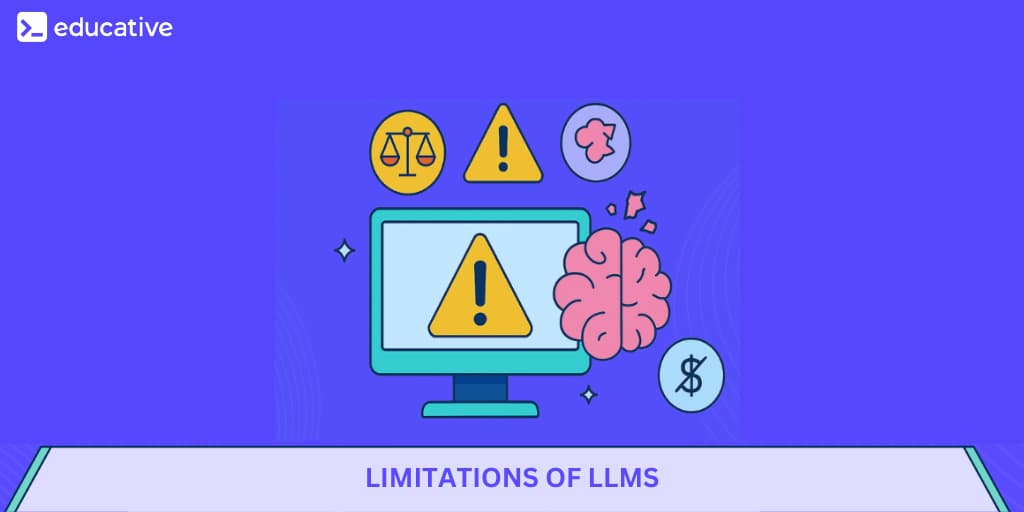What are the limitations of large language models (LLMs)?
How to build an Agentic Knowledge Graph
How to pass the AWS Certified Developer Associate (DVA-C02) exam
How to build a GitHub PR agent with n8n in 15 minutes
What are the differences between AI, ML and generative models?
What is the difference between LLMs and traditional NLP models?
What are the real-world use cases of AI agents in 2026?
How are LLMs trained?
Does the future of healthcare depend on Agentic RAG systems?
